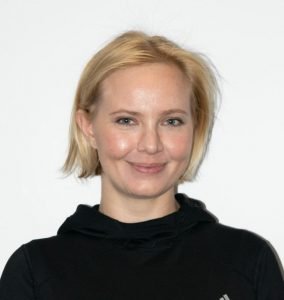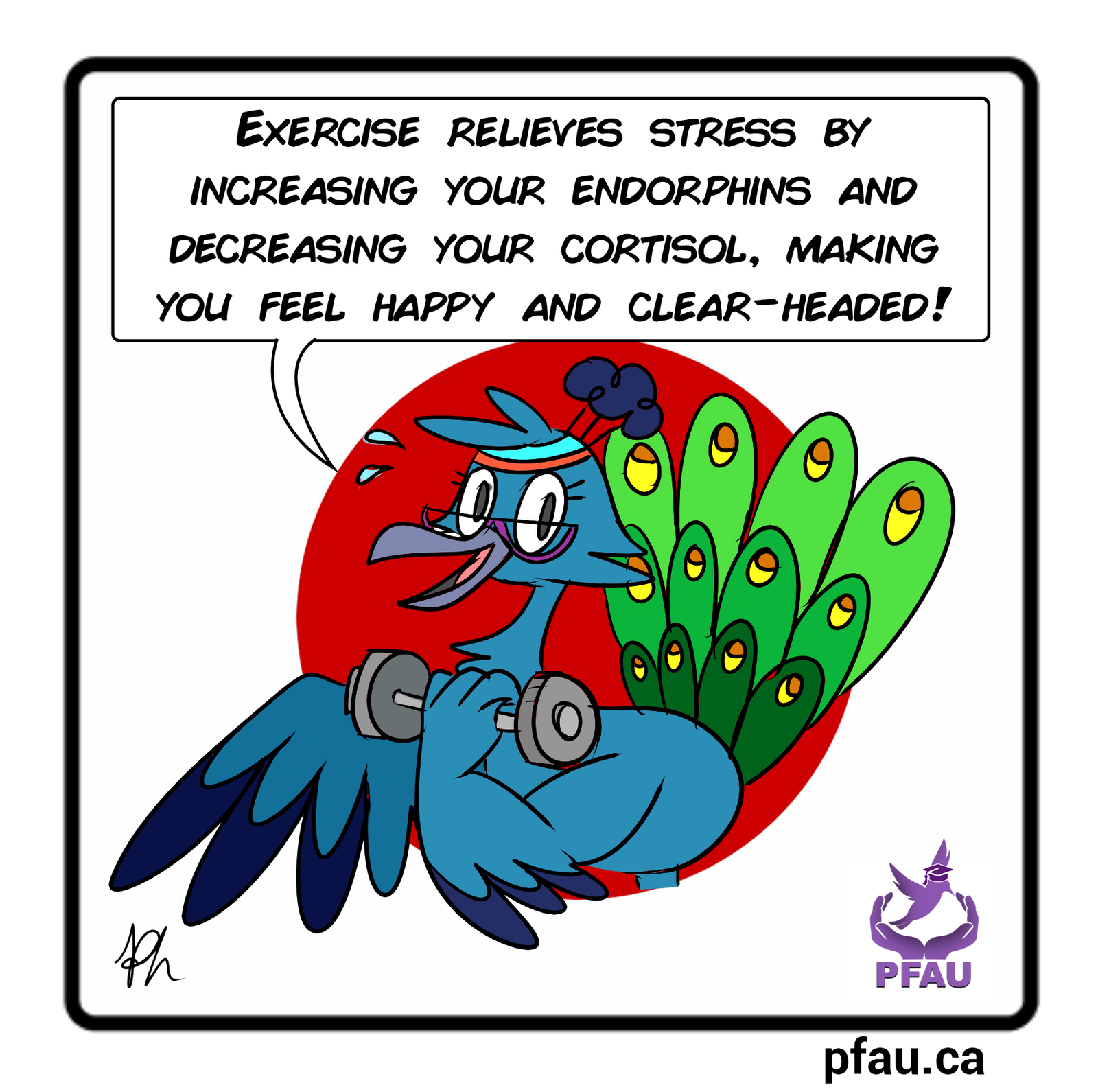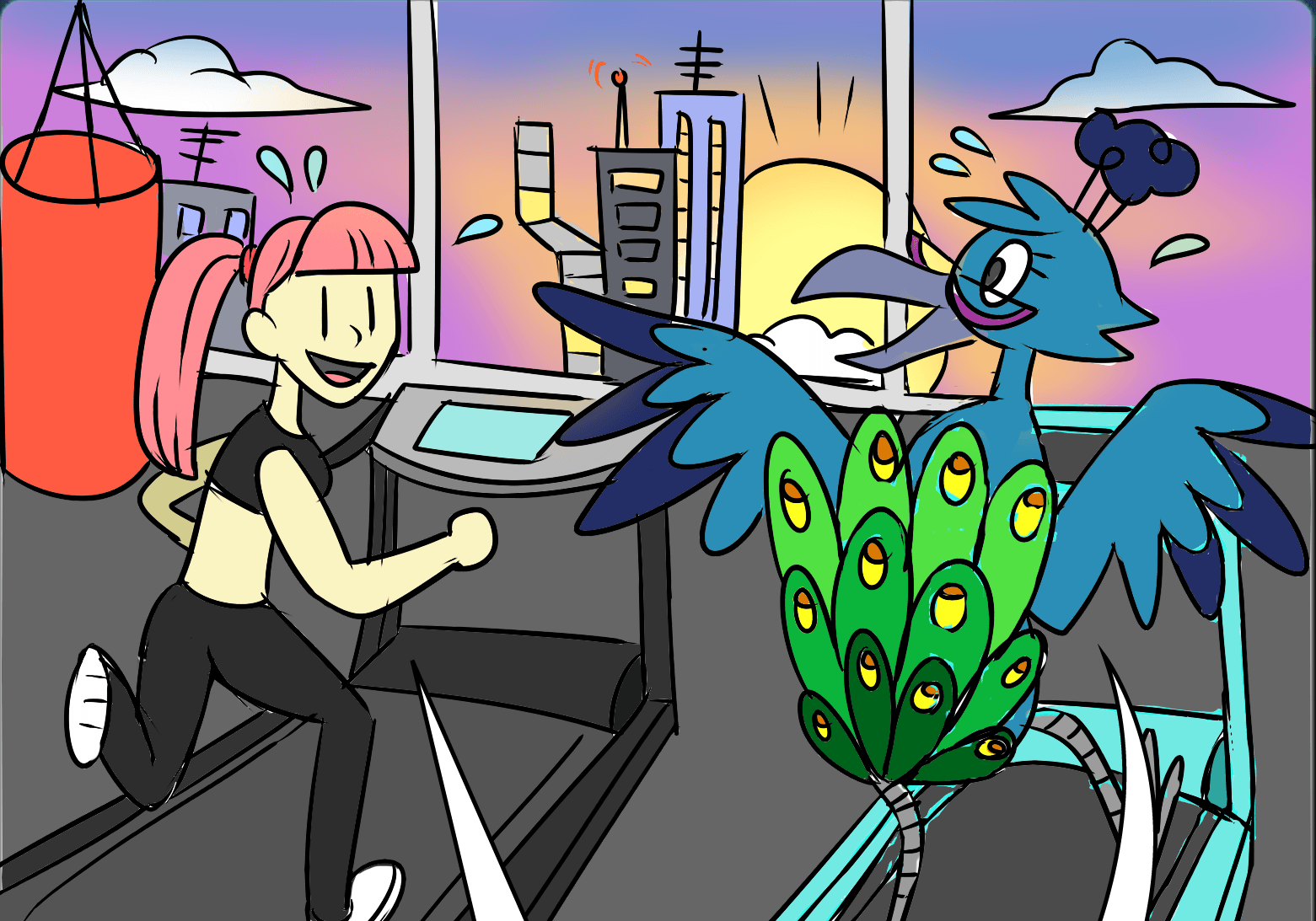We interviewed Nastassia Pailkoff, a Registered Physiotherapist and acupuncture practitioner, about how to stay healthy and mobile while studying at home. Due to COVID-19, many people are studying from home in less than ideal situations. Maintaining physical health, particularly improving flexibility and avoiding painful injuries, such as carpal tunnel syndrome, while working at a desk is important.

_
Nastassia graduated with a Master of Science in Physical Therapy from Queen’s University and Medical Contemporary Acupuncture Certificate from McMaster University, after completing her Bachelor of Science in Kinesiology at York University. During her studies, she volunteered at the Black Creek Community Centre in a program that worked to manage chronic disease through exercise. Nastassia’s treatment approach is focused primarily on patient education, exercise prescription and correction, and manual therapy. She currently works in the areas of pediatric cerebral palsy, and neuromusculoskeletal pain and movement in adults. She believes rehabilitation should be as personalized as the individual being cared for.
How does working at a desk place stress on the body? What issues often develop from prolonged sitting?
_
Sitting in one posture for a prolonged period of time is not optimal for a couple of reasons. First, when staying in that one posture, you are not getting good blood flow to the areas that are tightened. Wherever your flexes and bents are when sitting, will not receive blood flow in the same way as other parts of the body. Blood also does not return to your heart as frequently because your muscles are not pumping. Second, you arestretching your muscle for a long period of time, which means that you are actually taking power and strength away from it. As a result, you will have a higher risk of staining that muscle, causing inflammation, and eventually losing mobility in the joint over time.
_
Carpal tunnel syndrome is a common problem that people who work at computers often encounter. What can we do to prevent it?
_
The most common cause of carpal tunnel is incorrect keyboard position. When typing, take a look at your wrist to see if your hand is bent up at the wrist or bent down. If your hand is bent up, this usually means that the keyboard is too high. If your hand is bent down, this usually means that the keyboard is too low. You want your wrists to be pretty level with the keyboard. Another thing to consider is arm and elbow placement. This is where having a good desk chair with arm rests is essential. You want arm rests to ensure that your elbows are at roughly the same level as your keyboard to avoid bending your wrists as much as possible. In addition to having a good desk chair, you can also use wrists supports for your keyboard and mouse to give additional support. If you do not have or want to purchase one, you can roll up your towel and use that as a wrist supporter.
_
I know that you demonstrate a lot of stretches and exercises on your Instagram page. It’s a bit hard to demonstrate any on a podcast, but what would you say would be your top three that you’d recommend to anyone sitting for long periods of time?
_
Definitely check out my Instagram for stretching videos. In the meantime, let’s start with a back stretch. Stand up. Get into a lunge position with a straight back leg and bent front knee. Bring both arms up over your head and reach your chin back. Then, look up, arch your back, and reach to the sky. This exercise sequence helps to relieve tension in your upper back and neck, as well as stretching the muscles at the front of your hip and buttocks. You can do this exercise as a break after prolonged sitting to help your body to relax.
_
Nastassia’s Youtube Channel Recommendation for Exercise
Lisa’s Book Recommendation
Owls in the Family by Farley Mowat
_
Thank you, Nastassia, for sharing the excellent advice with us and our readers!
_
Missed the podcast? Listen here:
_
_
For more advice about writing, check out our weekly podcast or subscribe to our monthly newsletter.
_
To get more help with your assignments, book a 20 minute discovery session with us and start your journey to reaching your full potential on the page, and in life.
Both the written, visual, audio, and audiovisual content of this post has been created by and is the intellectual property of Lisa Pfau and PFAU Academic Writing. Please do not replicate any of the above content without our consent. However, please do feel free to share this post and its authorship widely.







